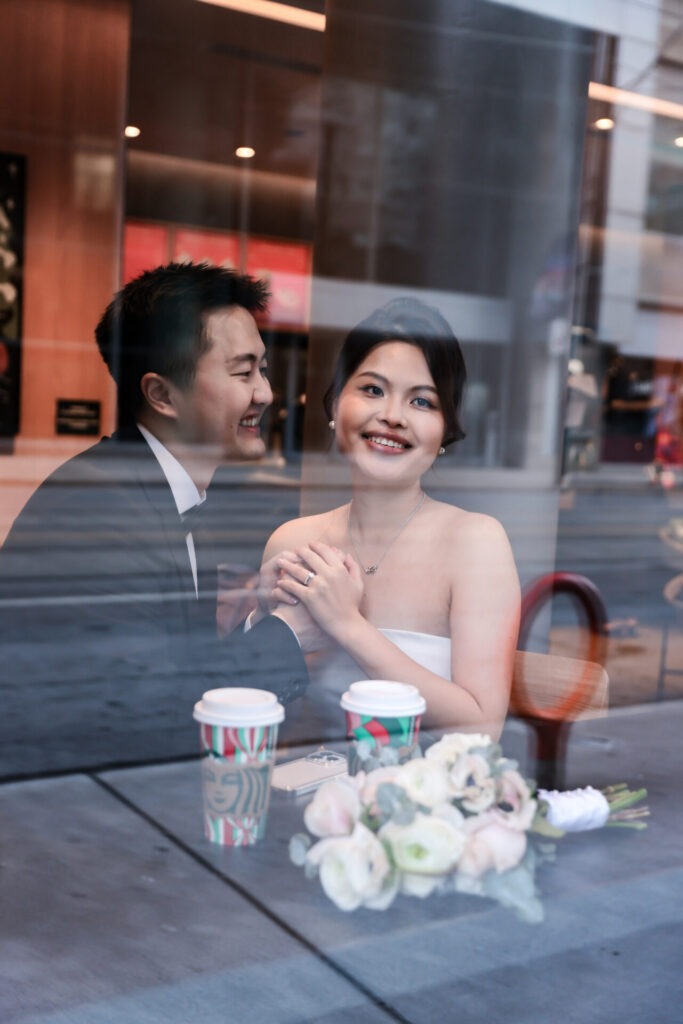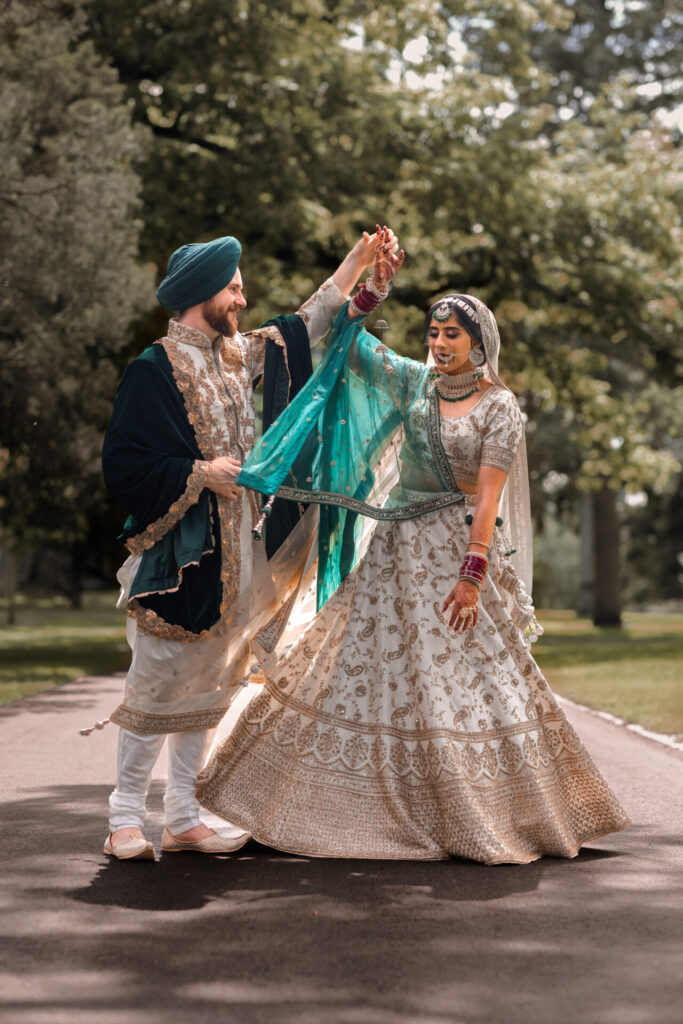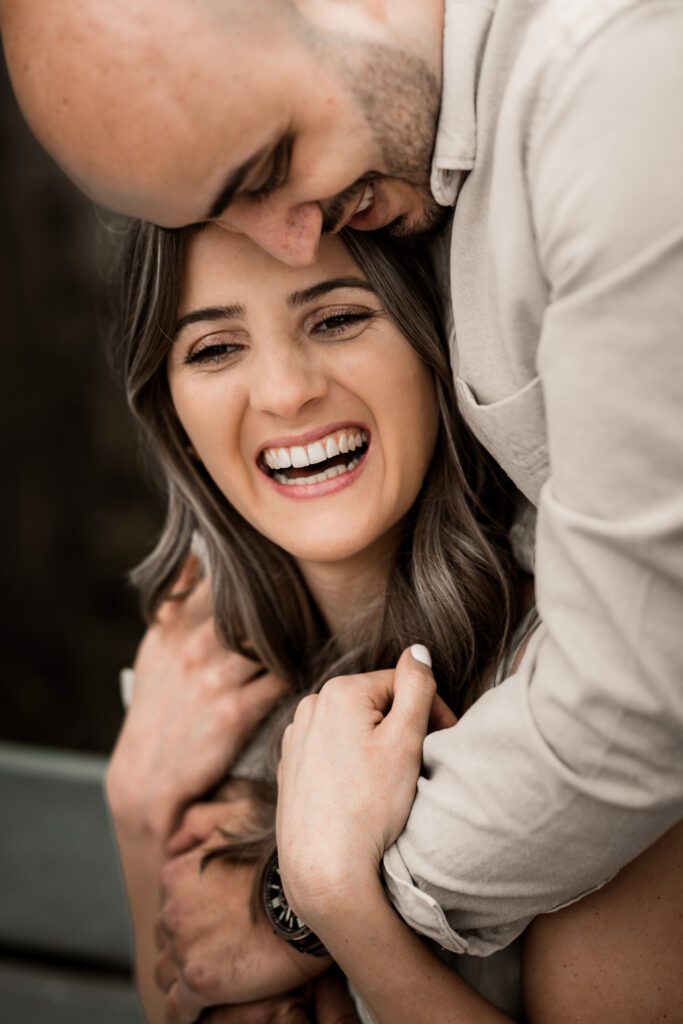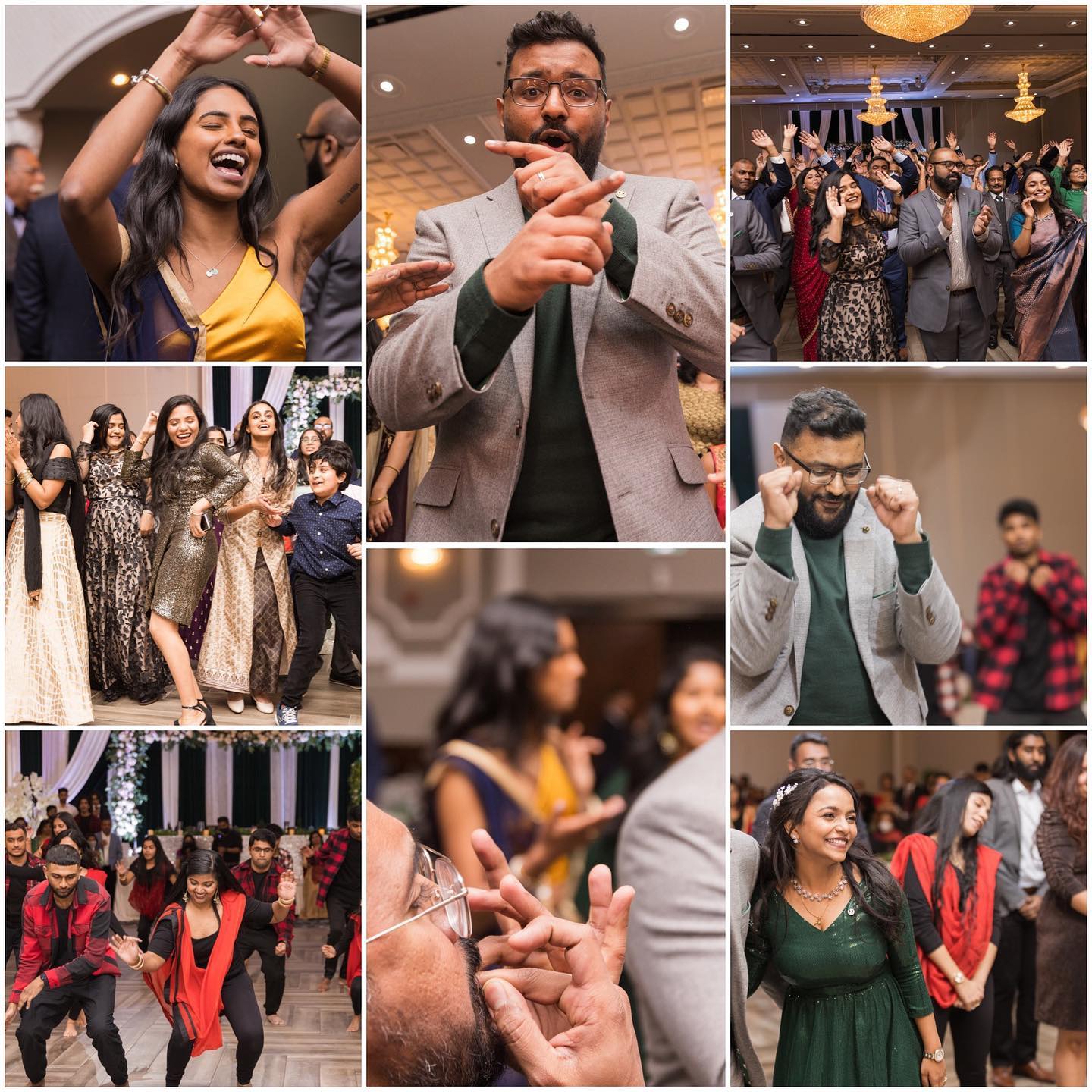At Lush Wedding Studio, we offer premium Wedding Photography Videography Packages designed to capture every moment, emotion, and detail of your special day. Our team ensures your memories are preserved beautifully through cinematic photos and videos, tailored to your style and wedding size. Couples across Toronto trust our Wedding Photography Videography Packages for timeless storytelling and flawless coverage.
📸 What’s Included in Our Wedding Photography Videography Packages
- Lead Photographer capturing your wedding in cinematic and candid style
- Unlimited professionally edited photos — color corrected, curated, and skin smoothed
- Private online gallery accessible for 1 year with lifetime download
- Lifetime personal print release
- Planning consultation and customized wedding timeline
- Dedicated WhatsApp group for easy communication and inspiration sharing
- Photo delivery within ~1.5 months; video delivery within ~2–2.5 months
💵 Booking & Payment Info for Our Wedding Photography Videography Packages
- $500 non-refundable deposit required to secure your wedding date
- Remaining balance due on the wedding day
- Payment via e-transfer (lushweddingstudio@gmail.com) or cash
- All prices subject to 13% HST
- All payments are non-refundable
📸 Second Photographer & Videography Coverage in Our Packages
For larger weddings or multiple locations, a second photographer is recommended to capture candid moments, groom prep, and guest reactions. Our videography includes a cinematic 4–5 minute highlight and full ceremony coverage with speeches and performances. Drone footage is included when allowed, and live streaming is available as an add-on. Your Wedding Photography Videography Packages ensure every detail and emotion is beautifully documented.
❤️ Engagement & Pre-Wedding Sessions in Our Wedding Photography Videography Packages
Engagement sessions are perfect for save-the-dates, wedding invitations, or simply getting comfortable in front of the camera. Locations include Toronto/GTA parks, downtown streets, beaches, or cozy cafes. We provide guidance on posing, styling, and expressions to create natural, stunning images reflecting your vibe. Our Wedding Photography Videography Packages maintain continuity of style from engagement to wedding day.
🌟 Why Couples Choose Our Wedding Photography Videography Packages
We specialize in candid, cinematic, and emotional storytelling. Experienced with multicultural weddings — Indian, Muslim, Sikh, fusion ceremonies — we bring calm professionalism and blend into your day, capturing every unscripted moment. Choosing our Wedding Photography Videography Packages means your memories are preserved authentically and beautifully.
📍 Locations & Wedding Situations Covered
Our Wedding Photography Videography Packages cover Toronto and GTA weddings, intimate courthouse ceremonies, luxury ballrooms, outdoor gardens, cultural celebrations, multi-day events, or elopements. Packages are tailored to your wedding style, size, and unique story.
💡 Real Client Scenarios Captured
From a sunset engagement session at Tommy Thompson Park to a fusion wedding at Aga Khan Museum, our Wedding Photography Videography Packages capture every laugh, dance, and intimate moment. Your gallery will be dynamic, personal, and unforgettable.
❓ Frequently Asked Questions
Q: How many photos will we receive?
All usable, professionally edited images — typically 400–800+ depending on hours and events.
Q: Can we meet before booking?
Yes! Free video or phone consultations are offered to review your vision.
Q: Do you offer prints or albums?
Yes, albums, canvases, and fine-art prints are available as optional add-ons.
Q: Can you help with posing?
Absolutely! We provide gentle direction for natural, confident, and beautiful shots.
Q: Do you travel outside Toronto?
Yes, we can travel within the GTA or beyond for destination weddings.
Q: Do you offer a second shooter?
Recommended for weddings with multiple locations or over 8 hours to capture all angles.
Q: What if it rains or outdoor locations aren’t available?
Backup indoor locations and adjusted lighting ensure every shot is beautiful.
📩 Contact & Booking
For full package details or to book our Wedding Photography Videography Packages, email lushweddingstudio@gmail.com, visit our Pricing & Packages Page, or connect on Instagram.
🔗 Related Pages & Tips






